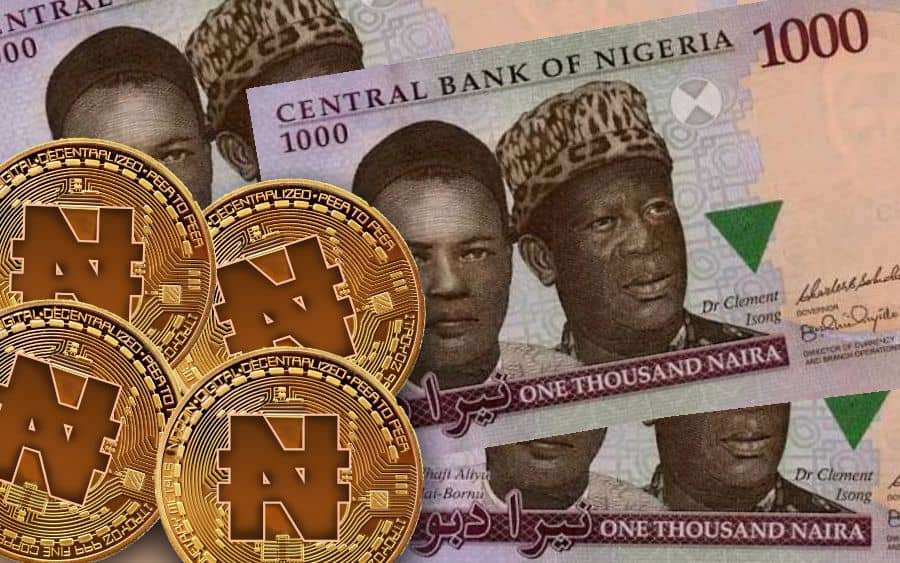Business
What Is A Stablecoin, & How Can One Invest In It?

A stablecoin is a cryptocurrency designed to maintain a consistent price relative to another asset, usually the U.S. dollar.
It can also be described as a cryptocurrency pegged to the dollar which will always be worth $1. This makes a stablecoin dramatically different from traditional cryptocurrencies like bitcoin and ethereum, which are known for their volatility.
How Do Stablecoins Maintain Their Value?
Stablecoins maintain their value by holding collateral or by using computer algorithms to force price stability by manipulating supply and demand.
Some currencies are better at this than others. Stablecoins do occasionally fall below their target values, both temporarily and permanently. An extended dip below the target value is called depegging, an event that undermines trust in the currency’s issuer and, sometimes, in the entire crypto economy.
Types of stablecoins
Stablecoins are categorised by the method they use to hold their value. They may be collateralised by another asset such as the U.S. dollar, gold, or crypto. Or, they may rely on automated market manipulation.
Fiat-backed stablecoins
Fiat-collateralised stablecoins, or fiat-backed stablecoins, use reserves of a government-issued paper currency (or fiat), like the U.S. dollar, as collateral. Ideally, the issuer deposits the reserves with an independent custodian so they can be monitored and audited.
Here Is A List Of Well-Known Fiat-Backed Stablecoins:
- Tether (USDT-USD)
- USD Coin (USDC-USD)
- Stasis Euro (EURS-USD)
Commodity-backed stablecoins
Commodity-backed stablecoins are collateralised with hard assets, such as gold, silver, oil, or real estate. As an example, one token of Pax Gold (PAXG-USD) is backed by one fine troy ounce of gold.
The stablecoin’s pricing corresponds with the gold spot price (^XAU) against the U.S. dollar in real time.
READ ALSO: PenCom Releases Guidelines On Foreign Currency Pension Contributions
READ ALSO: False Currency Declaration: Court Orders Remand of Woman
PAXG is one of the best-known commodity-backed stablecoins, but other top options are:
- Tether Gold (XAUT-USD)
- Kinesis Gold (KAU24382-USD)
- Kinesis Silver (KAG-USD)
Crypto-backed stablecoins
Crypto-backed stablecoins may peg their values to the dollar or another paper currency, but they use cryptocurrencies as collateral. To maintain price stability, crypto-backed stablecoins often overcollateralise — for example, holding enough $2 of collateral for every $1 of stablecoin value in circulation.
Popular crypto-backed stablecoins include:
- Dai (DAI-USD)
- Falcons USD (FAH-USD)
- USD Bancor (USDB-USD)
Algorithmic stablecoins
Non-collateralised stablecoins, or algorithmic stablecoins, use complex computerized rules to keep prices stable. Some have reserves in smart contracts that execute automatically to manage supply and demand.
Algorithmic stablecoins have historically been prone to depegging. That may be why they’re less popular than collateralized currencies. Ampleforth (AMPL-USD) is one option that expands and contracts supply automatically to keep its price stable. Owners of AMPL may see their token counts adjusted daily as these supply changes are implemented.
Purpose and use of stablecoins
Cryptocurrencies became popular in part because they operate outside the control of a governing body, and they can be used easily, quickly, cheaply, and privately in global transactions.
Challenges
Legacy cryptocurrencies are challenging to use as a medium of exchange. Rapid and dramatic value changes create risk for buyers and sellers. As an example, a shop owner who accepts bitcoin may see profits disappear before the currency can be converted into dollars.
Adapted from yahoo finance















